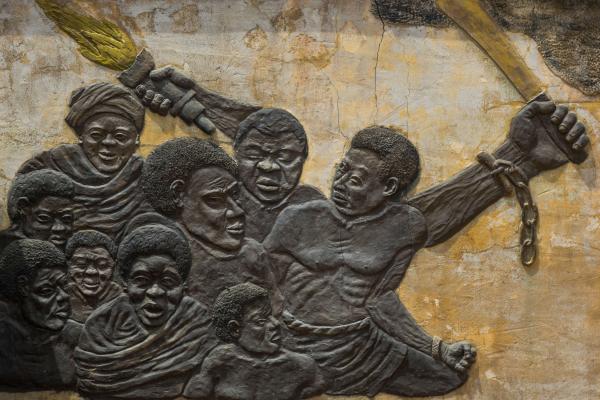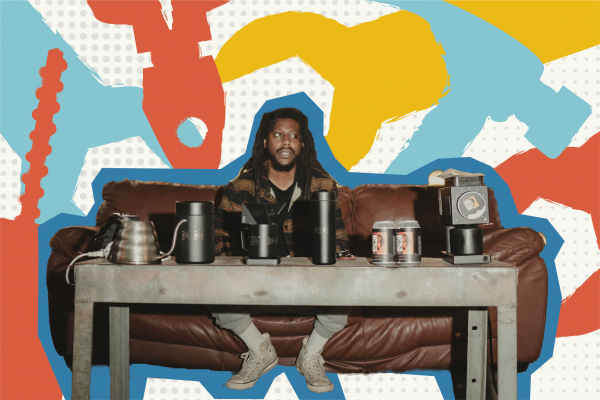Most transgender and non-binary individuals who experience homelessness nationally were unsheltered at a much higher rate than homeless people who identify with their birth gender, according to a recent report from the National Alliance to End Homelessness.
The Alliance’s analysis of 2018 Point-in-Time homelessness counts, an annual census compiled by the Department of Housing and Urban Development of local tallies of homelessness on a set night, was published June 25 as part of an effort to look at how different demographic groups experience homelessness. These group includes gender, race, and geography.
The Alliance, a nonprofit advocacy group promoting programs to eliminate homelessness, found that among homeless adults who identify with the gender they had at birth, 48 percent do not have any type of shelter. That compares with 56 percent of homeless transgender adults who had no place to sleep or live. The largest percentage of shelterless, homeless adults based on gender were nonbinary or genderqueer — identifying with neither of the two main genders.
“It indicates that gender minority people are being disproportionally affected by homelessness on the one hand and on the other hand that we’re probably not doing as good a job as we should be doing,” Alliance President and CEO Nan Roman said.
The report also found that more than half of the homeless transgender people that reside in California — which also had the largest number of unsheltered nonbinary people, the Alliance study found.
The analysis said the numbers show an urgent need for service providers to ensure equal access to services.
“What we can do is to make sure the homeless system is not creating disparities as well by failing to recognize what people need and provide it,” Roman said.
According to the 2018 HUD annual homeless assessment report, among over 500,000 homeless people in the United States on a single night in 2018, about one-third were in unsheltered locations such as on the street, in abandoned buildings, or in other places not suitable for human habitation. The unsheltered population increased by 2 percent between 2017 and 2018.
The number of transgender individuals who were homeless increased by 22 percent in 2018, the HUD report said.
The category under gender in HUD’s homeless assessment has changed over the past years, said HUD spokesman Brian Sullivan. HUD added “transgender” as a category for the first time in 2015, including a classification where the person “does not identify as male, female, or transgender,” and finally added “gender non-conforming” last year.
“The data has gotten more clear and extensive as time is going on,” Sullivan said.
Family rejections, discrimination, and bias in employment and housing against gender minority groups, experts said, might be the main reason why they become homeless and the prejudice also sets barriers when they try to get in shelters.
“[The study] is not surprising,” said Gillian Branstetter, media relations manager for the National Center for Transgender Equality. “It’s a common experience shared by transgender people.”
Many transgender people who experience homelessness avoid staying in a shelter because they fear being mistreated based on their gender identity, according to a survey the center did in 2015. Seven out of 10 respondents who stayed in a shelter in the previous year reported mistreatment, including harassment, sexual or physical assaults, or evictions because of their gender identity, the survey shows.
In a statement, HUD announced it will propose a rule later this year that would allow shelter providers to determine “under their own policies what a person’s sex is” and to avoid potentially dangerous individuals who may misrepresent their sex to access sex-specific shelters.
Sullivan declined to comment on the new rule before it officially released.
Many advocates for the homeless fear that the rule might weaken protections for transgender people experiencing homelessness’ equal access to shelters.
“We’re deeply concerned that the rule will endanger the most vulnerable people in the community,” Branstetter said. “Sex-segregated shelters often turn away transgender people.”
Got something to say about what you're reading? We value your feedback!







